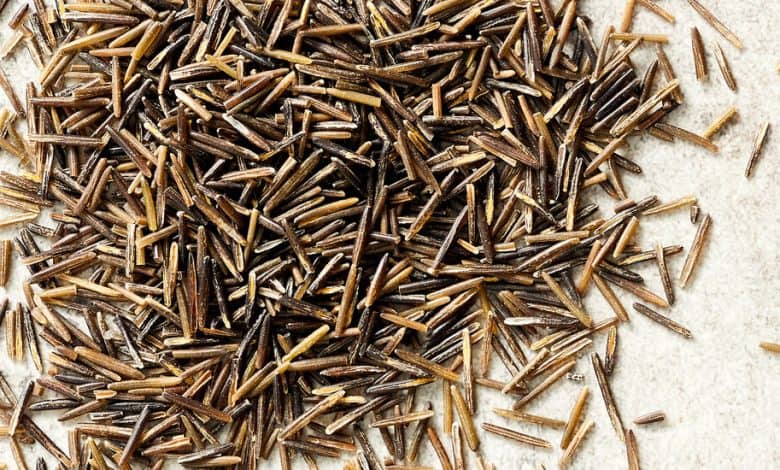How Wild Rice Forecasts Climate Change

Dwayne Jarman is often tinkering with the wild rice machines in his garage in this tree-lined suburb of Detroit. He has threshers to crack the hulls and winnowers to blow the chaff. He smiles and flips the switch. It’s time to process last summer’s harvest from his Anishinaabe homeland near Traverse City in Northern Michigan.
“I want to do the rice all year round because I’m trying to reconnect to the things that matter,” said Mr. Jarman, a veterinarian. When he’s not working his day job, he harvests hundreds of pounds of rice, which he shares with friends and family. For him, harvesting and processing the rice is not only a labor of love, but also a preservation of an Indigenous food under constant environmental stress.
Recipe: Wild Rice Porridge
Climate change and human impact have significantly depleted the natural abundance of manoomin, the “good berry” as wild rice is known in Anishinaabemowin, an Indigenous language also known as Ojibwe, and protecting it is synonymous with preserving cultural identity.
Wild rice is sacred and central to the creation story of the Anishinaabeg, a vast cultural and linguistic collective that includes the Ojibwe, Odawa and Potawatomi. Under an ancient prophecy known as the Seven Fires, the ancestors left their Atlantic Coast homeland and migrated westward to the “land where food grows on water.”